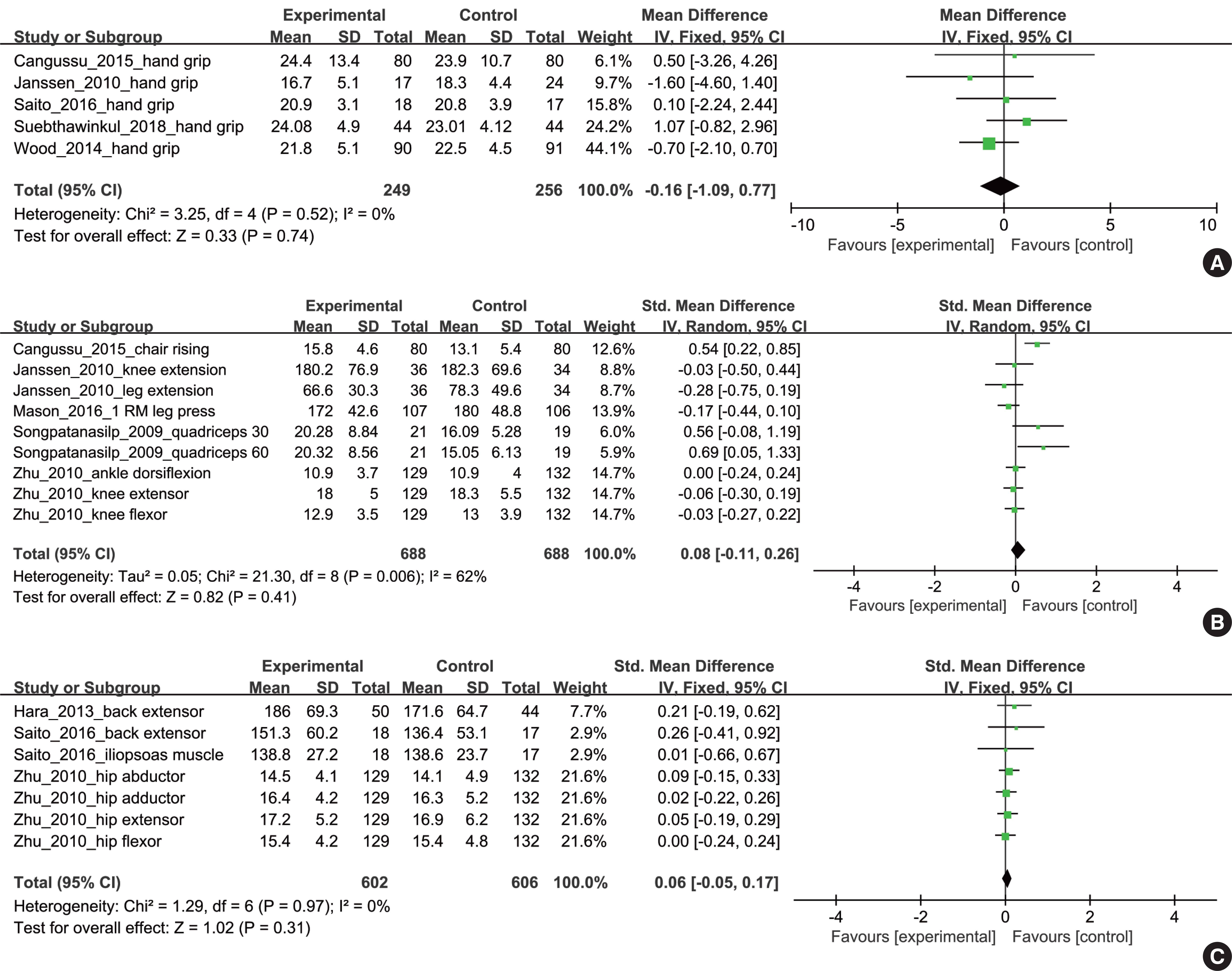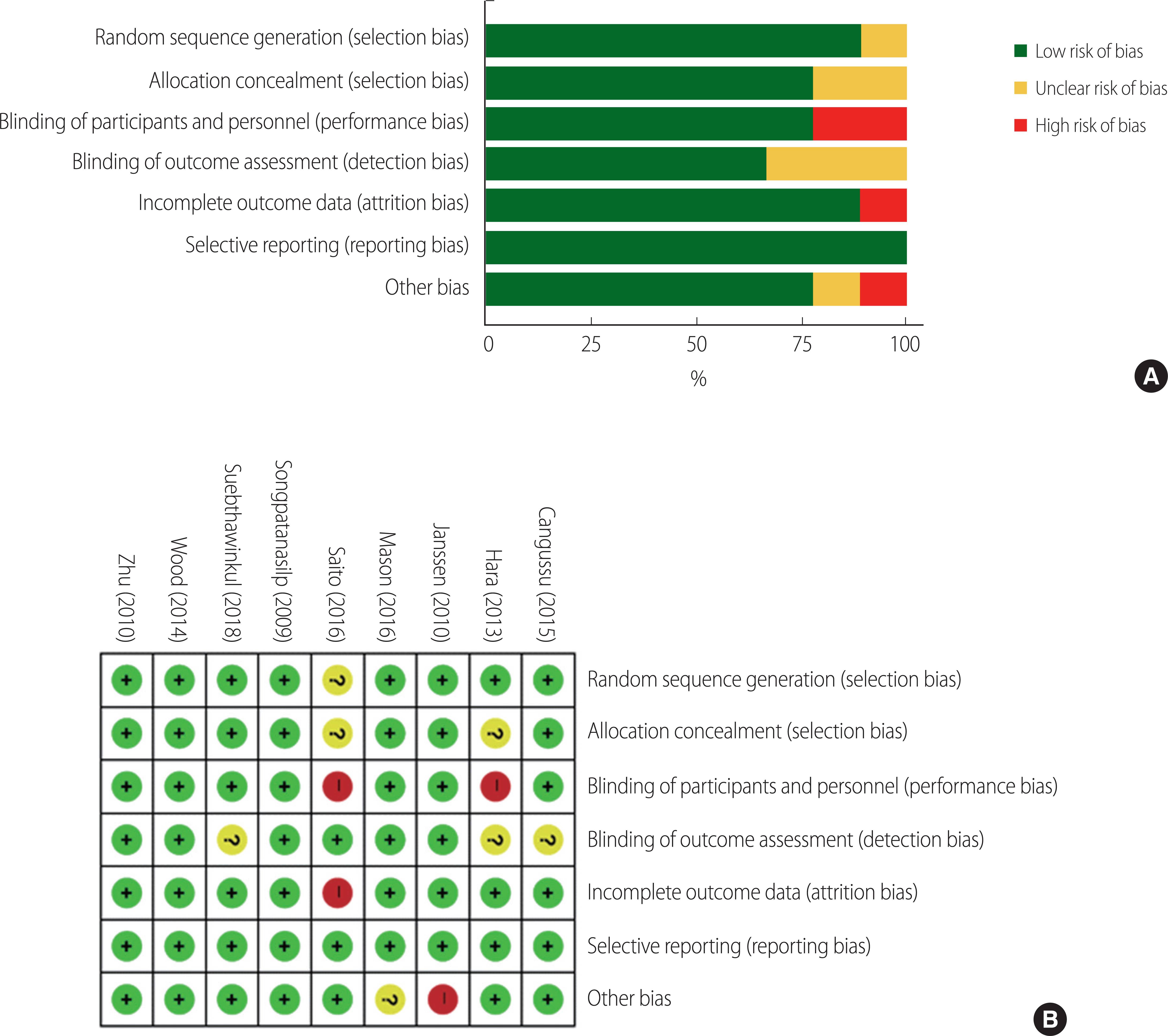1. Taebi M., Abdolahian S., Ozgoli G., Ebadi A., Kariman N.. Strategies to improve menopausal quality of life: A systematic review. Journal of Education and Health Promotion. 2018;7(1):93.
http://dx.doi.org/10.4103/jehp.jehp_137_17
3. Ikeda K., Horie-Inoue K., Inoue S.. Functions of estrogen and estrogen receptor signaling on skeletal muscle. The Journal of Steroid Biochemistry and Molecular Biology. 2019;191(1):105375.
http://dx.doi.org/10.1016/j.jsbmb.2019.105375
6. Li R., Xia J., Zhang X.I., Gathirua-Mwangi W.G., Guo J., Li Y., et al. Associations of Muscle Mass and Strength with All-Cause Mortality among US Older Adults. Medicine and Science in Sports and Exercise. 2018;50(3):458-467.
http://dx.doi.org/10.1249/mss.0000000000001448
8. Abrams G.D., Feldman D., Safran M.R.. Effects of Vitamin D on Skeletal Muscle and Athletic Performance. Journal of the American Academy of Orthopaedic Surgeons. 2018;26(8):278-285.
http://dx.doi.org/10.5435/jaaos-d-16-00464
10. Wang J., Wang X., Gu Y., Liu M., Chi V.T.Q., Zhang Q., et al. Vitamin D is related to handgrip strength in adult men aged 50 years and over: A population study from the TCLSIH cohort study. Clinical Endocrinology. 2019;90(5):753-765.
http://dx.doi.org/10.1111/cen.13952
12. Tomlinson P.B., Joseph C., Angioi M.. Effects of vitamin D supplementation on upper and lower body muscle strength levels in healthy individuals. A systematic review with meta-analysis. Journal of Science and Medicine in Sport. 2015;18(5):575-580.
http://dx.doi.org/10.1016/j.jsams.2014.07.022
13. Beaudart C., Buckinx F., Rabenda V., Gillain S., Cavalier E., Slomian J., et al. The effects of vitamin D on skeletal muscle strength, muscle mass, and muscle power: a systematic review and meta-analysis of randomized controlled trials. The Journal of Clinical Endocrinology & Metabolism. 2014;99(11):4336-4345.
http://dx.doi.org/10.1210/jc.2014-1742
14. Latham N.K., Anderson C.S., Reid I.R.. Effects of vitamin D supplementation on strength, physical performance, and falls in older persons: a systematic review. Journal of the American Geriatrics Society. 2003;51(9):1219-1226.
http://dx.doi.org/10.1046/j.1532-5415.2003.51405.x
15. Stockton K.A., Mengersen K., Paratz J.D., Kandiah D., Bennell K.L.. Effect of vitamin D supplementation on muscle strength: a systematic review and meta-analysis. Osteoporosis International. 2011;22(3):859-871.
http://dx.doi.org/10.1007/s00198-010-1407-y
16. Bischoff-Ferrari H.A., Borchers M., Gudat F., Durmuller U., Stahelin H.B., Dick W.. Vitamin D receptor expression in human muscle tissue decreases with age. Journal of Bone and Mineral Research. 2004;19(2):265-269.
http://dx.doi.org/10.1359/jbmr.2004.19.2.265
17. Hollis B.W., Wagner C.L., Drezner M.K., Binkley N.C.. Circulating vitamin D3 and 25-hydroxyvitamin D in humans: An important tool to define adequate nutritional vitamin D status. The Journal of Steroid Biochemistry and Molecular Biology. 2007;103(3-5):631-634.
http://dx.doi.org/10.1016/j.jsbmb.2006.12.066
18. Holick M.F., Binkley N.C., Bischoff-Ferrari H.A., Gordon C.M., Hanley D.A., Heaney R.P., et al. Evaluation, treatment, and prevention of vitamin D deficiency: an Endocrine Society clinical practice guideline. The Journal of Clinical Endocrinology & Metabolism. 2011;96(7):1911-1930.
http://dx.doi.org/10.1210/jc.2011-0385
19. Janssen H.C., Samson M.M., Verhaar H.J.. Vitamin D deficiency, muscle function, and falls in elderly people. The American Journal of Clinical Nutrition. 2002;75(4):611-615.
http://dx.doi.org/10.1093/ajcn/75.4.611
24. Gupta R., Sharma U., Gupta N., Kalaivani M., Singh U., Guleria R., et al. Effect of cholecalciferol and calcium supplementation on muscle strength and energy metabolism in vitamin D-deficient Asian Indians: a randomized, controlled trial. Clinical Endocrinology. 2010;73(4):445-451.
http://dx.doi.org/10.1111/j.1365-2265.2010.03816.x


29. Buchebner D., Bartosch P., Malmgren L., McGuigan F.E., Gerdhem P., Akesson K.E.. Association Between Vitamin D, Frailty, and Progression of Frailty in Community-Dwelling Older Women. The Journal of Clinical Endocrinology & Metabolism. 2019;104(12):6139-6147.
http://dx.doi.org/10.1210/jc.2019-00573









 PDF Links
PDF Links PubReader
PubReader Full text via DOI
Full text via DOI Download Citation
Download Citation Print
Print



